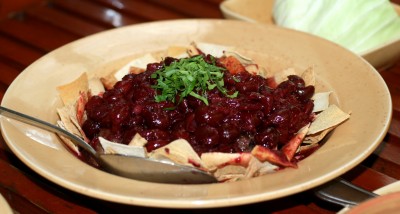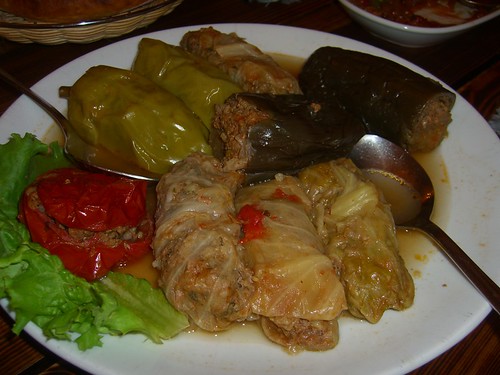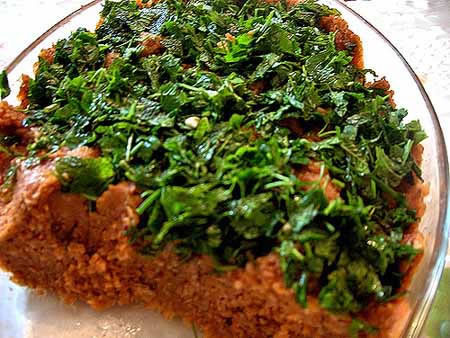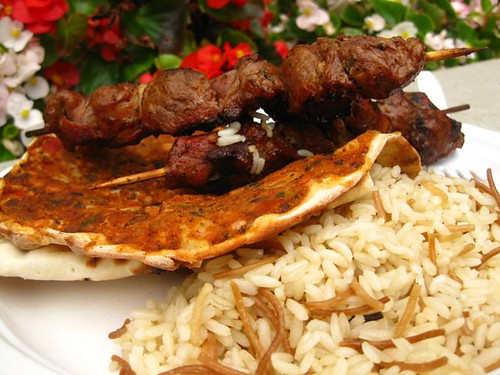Armenian Cuisine is as ancient as its history, as the land it is standing on. Armenian culinary traditions are over 2000 years old. The abundance of meat on Armenian tables is the result of the most ancient development of cattle breeding in Armenian uplands which led to such a variety of livestock and poultry. Cattle breeding was also the source of various dairy products – basically brine-ripened cheeses as well as sour-milk products which serve as the basis for traditional Armenian dishes and beverages. Early beginning of agriculture in the fertile valleys of Armenia caused the application of various cereals in Armenian cuisine - spelt, millet, barley, wheat, rice; beans - string beans, beans, lentil, mountain peas to say nothing of great variety of vegetables and greens which are a must of Armenian feast.
Traditionally Armenians cooked food on fire. The clay furnace began to be called tonir and has retained this name. Armenians used clay kitchen ware too. Tonir was used for cooking bread, mashes, fish and poultry, vegetables, soups and other dishes. By the way, tonir was borrowed by all people of Transcaucasia becoming an integral part of their national culinary. Armenia in general has contributed a lot in term of cooking. Thus, many authentic Armenian dishes later became known in Europe thanks to Persians and Turks as the dishes of their national cuisines. (for example, dolma).In their turn the cuisines of Turkey, Iran and Arabian countries have enriched the culinary culture of Armenia.

Armenian cooking techniques are rather complicated. The most difficult to cook are meat, fish and vegetable dishes which require stuffing, whipping, puree and souffle making as it takes a lot of time and work. Armenians very much love dishes from chopped meat and all possible variants of stuffed dishes. The thermal processing of dishes is labor-consuming too. One and the same dish or raw product, for example, meat, can be subject to roasting, boiling and stewing in tonir making some dishes of Armenian cuisine melt in your mouth.

Another feature of Armenian cuisine is a great number of greengrocery and spices in preparation of dishes. Armenian cooks use 300 kinds of wild-growing grasses and flowers which are used as seasonings or even as basic dishes. Fragrant spices are very popular: pepper, coriander, fenugreek, black pepper, mint, tarragon, basil, thyme and of course garlic and onion; and for sweet dishes - cinnamon, cardamom, clove, saffron and vanilla. The surprising fact is that Armenian cuisine practically does not use fats. The majority of dishes is cooked in drawn butter. It is used for soups, stewing and roasting of meats, poultry, fish and vegetables as well as sweet dishes. Vegetable oils are used in Armenian cuisine less frequently - for preparation of fish and some vegetable dishes (string beans, eggplants). Sesame oil is traditional.
 Armenian Food and Cuisine
Armenian Food and Cuisine









